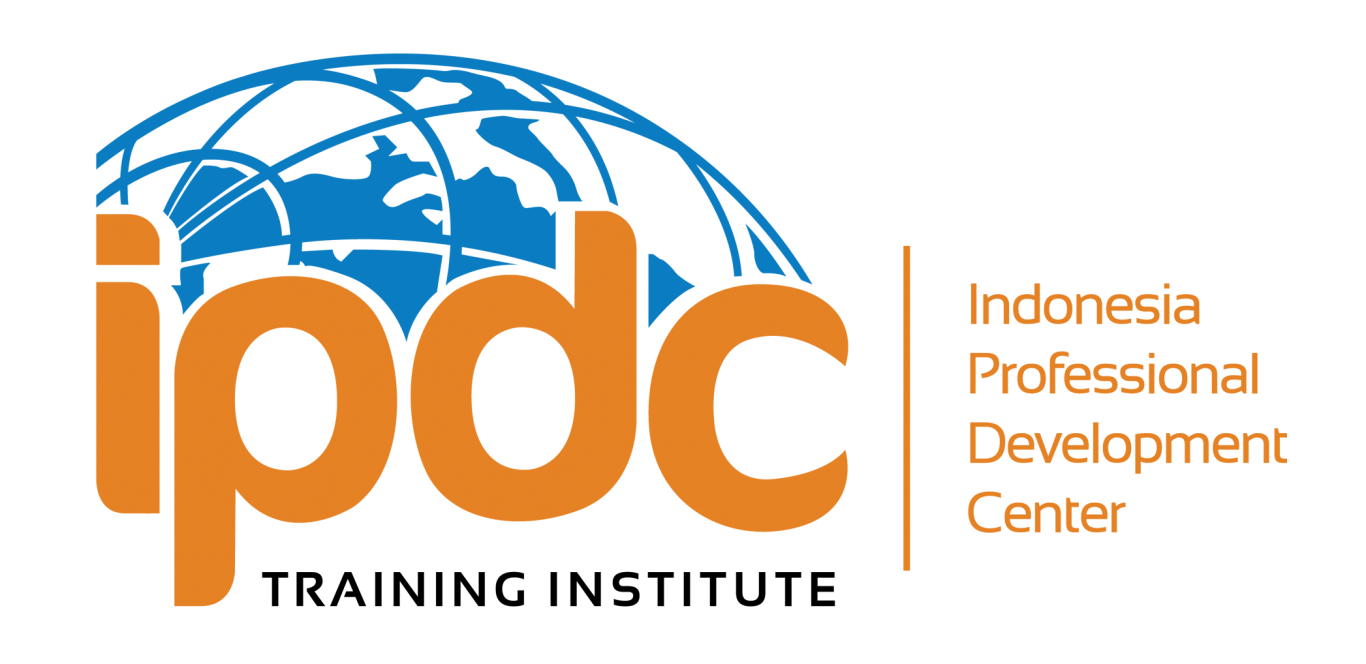
Creative problem-solving and effective decision-making are essential skills in the workplace. Here's a methodical process to help you tackle challenges and make informed decisions:
Define the Problem: Clearly articulate the issue or challenge you're facing. Break it down into specific components or factors that contribute to the problem.
Gather Information: Collect relevant data, facts, and insights related to the problem. Consult with colleagues, research resources, and analyze available information to gain a comprehensive understanding.
Generate Alternatives: Brainstorm potential solutions or courses of action. Encourage creativity and open-mindedness during this stage. Consider both conventional and unconventional approaches.
Evaluate Alternatives: Assess the pros and cons of each alternative. Consider factors such as feasibility, cost, impact, and alignment with organizational goals. Use tools like decision matrices, SWOT analysis, or cost-benefit analysis to evaluate options objectively.
Select the Best Option: Based on your evaluation, choose the alternative that best addresses the problem and aligns with your objectives. Trust your judgment, but also seek input from stakeholders if necessary.
Develop an Action Plan: Outline the steps needed to implement the chosen solution. Define roles and responsibilities, set timelines, and allocate resources accordingly. Ensure clarity and specificity in your plan to facilitate smooth execution.
Implement the Solution: Put your action plan into motion. Communicate effectively with team members and stakeholders, and monitor progress closely. Be prepared to adapt and make adjustments as needed during the implementation phase.
Evaluate the Outcome: Once the solution has been implemented, assess its effectiveness. Did it solve the problem as intended? What lessons can be learned from the process? Reflect on both successes and areas for improvement.
Iterate and Improve: Use insights gained from the evaluation to refine your approach in future problem-solving endeavors. Continuously seek opportunities to enhance your decision-making skills and adapt to changing circumstances.
Celebrate Success and Learn from Failure: Acknowledge achievements and milestones reached through effective problem-solving. Similarly, view failures or setbacks as opportunities for growth and learning. Foster a culture of innovation and resilience within your team or organization.
By following this systematic approach, you can enhance your ability to creatively solve problems and make informed decisions in the workplace. Flexibility, collaboration, and a willingness to learn are key to success in navigating complex challenges effectively.


